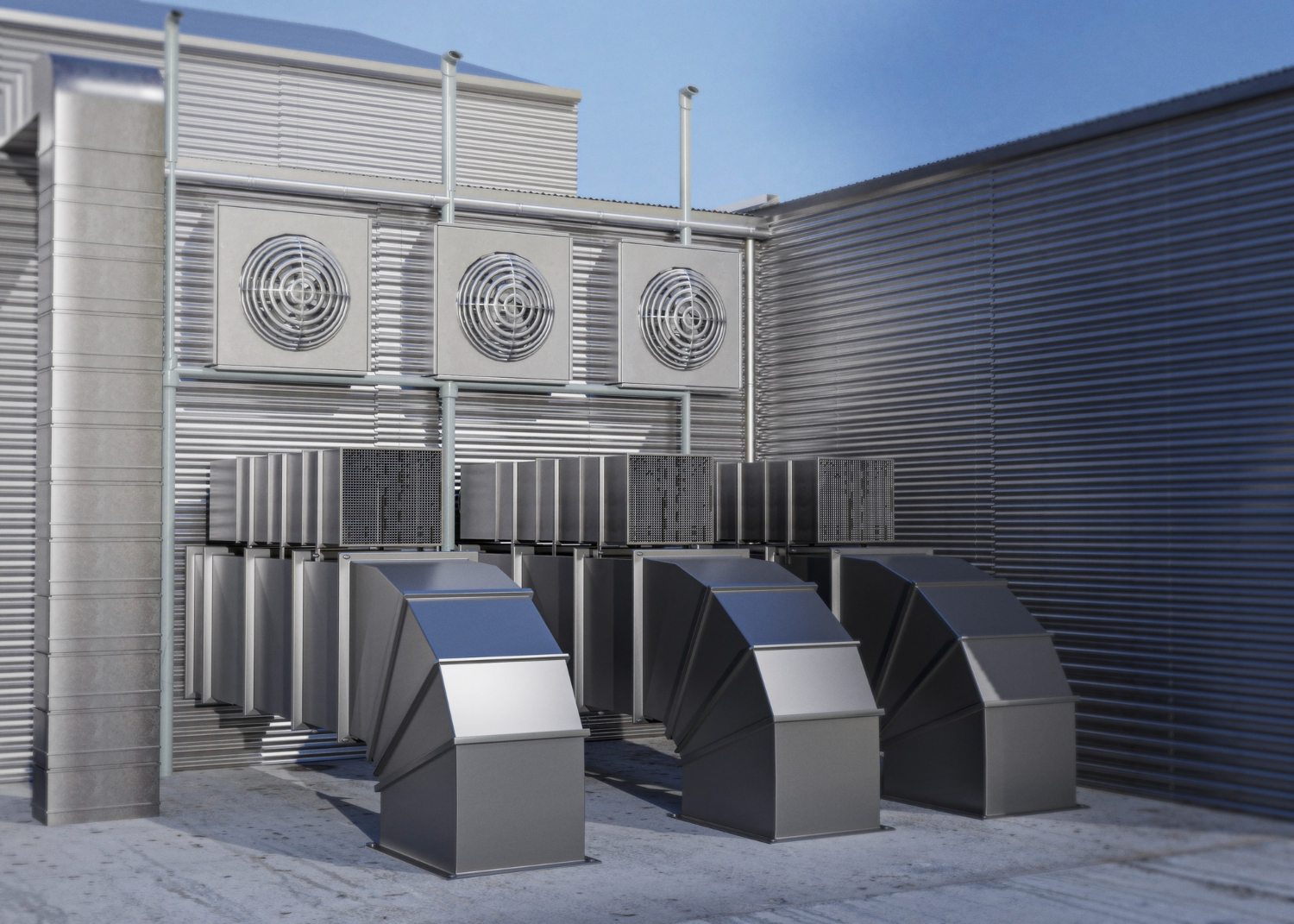Keeping your home’s temperature consistently comfortable throughout the changing year is not just a luxury but a necessity. And as the temperature rises and falls, you want a reliable solution that ensures that your living space remains cosy in winter embrace and refreshingly cool under the summer sun.
When it comes to achieving both these characteristics year-round, reverse-cycle air conditioning will prove to be the ultimate solution for you. This ingenious technology not only provides cooling during scorching summers but also keeps you cosy during chilly winters. If you’ve ever wondered how this magic works, you’re in the right place.
In this blog, you will understand everything about reverse cycle air conditioning and how does reverse cycle air conditioning work. Let’s first understand:
What is reverse cycle air conditioning?
First thing first – what is reverse cycle air conditioning? Also known as heat pump systems, this technology reverses the usual cooling process to provide heating and cooling. It can extract the heat from the outside air to warm your interiors during the winter season. Similarly, it releases heat outside to cool your home during summer. This versatile dual functionality makes reverse cycle air conditioning a year-round champion.
How Does Reverse-Cycle Air Conditioning Work?
Reverse cycle air conditioning relies on a fundamental principle of thermodynamics – heat transfer. It utilises a refrigeration cycle involving four main components: an evaporator, a compressor, a condenser, and an expansion valve. So, let’s understand how does reverse-cycle air conditioning works:
Evaporation: Warm air inside your home is drawn over the evaporator coil. As the refrigerant inside the coil evaporates, it absorbs heat energy from the air, cooling it down.
Compression: Further, the compressor compresses the gaseous refrigerant, which ultimately causes its temperature to rise significantly.
Condensation: After this, the hot, pressurised refrigerant travels to the condenser coil located outside your home. Here, it releases the absorbed heat energy into the outdoor air, causing the refrigerant to condense back into a liquid state.
Expansion: The high-pressure liquid refrigerant then passes through the expansion valve, which undergoes a sudden pressure drop. This causes it to evaporate once again, starting the cycle anew.
Installation Costs:
The reverse cycle air conditioning installation involves positioning both indoor and outdoor units. You must also know about the ducted reverse cycle air conditioning systems, where cool or warm air is distributed through ducts to different areas of your home, providing centralised comfort, which can be your ultimate ally.
However, reverse-cycle ducted air conditioning prices can vary based on factors like system capacity, brand, and installation requirements. For accurate pricing of reverse cycle ducted air conditioning, it’s recommended to consult with professionals and obtain tailored quotes. Knowing the ducted reverse cycle air conditioning price beforehand will be beneficial for you to make informed decisions.
Want to know reverse cycle air conditioning costs? Reach out to us!
Conclusion:
Reverse-cycle air conditioning keeps your home cosy and cool as the season changes. Also, its ability to harness the power of heat transfer and provide efficient heating and cooling solutions makes it a cost-effective and environmentally friendly choice. However, when opting for a reverse cycle air conditioning system installation, you must always partner with a reputable and experienced company well-versed in the technology.
This is where Ideal Refrigeration & Appliance Services can help – our expertise in reverse cycle air conditioning installation and commitment to delivering top-notch service sets us apart from the competition. So begin your journey to a comfortable, climate-controlled home today by calling us at 0428 149 923.


